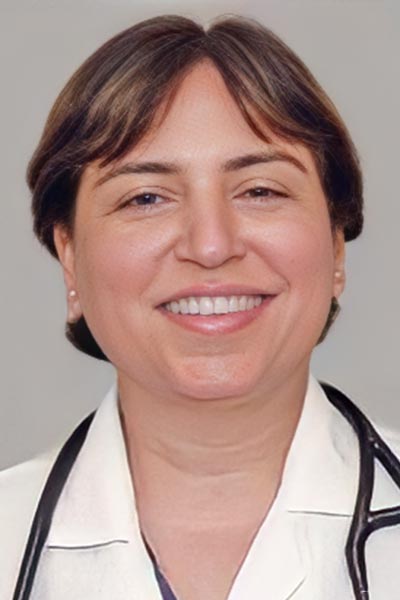To fulfill the IASLC’s mission to be “the multidisciplinary world authority on lung and other thoracic cancers through collaborative science, education, and advocacy to ensure optimal prevention and patient care” and eradicate lung cancer as we know it, we must advocate against Big Tobacco’s formidable and uncompromising activity in our communities, including its influence on medical education.

As we consider our role in health justice and prevention of lung cancer, we must recognize the tobacco industry’s profit-above-all-else business practices and manipulative strategies. Past examples include:
- Targeting vulnerable children with heavy advertising in underprivileged neighborhoods under the guise of supporting communities through scholarships and funding secondary schools and high schools in underprivileged neighborhoods.
- Distributing free tobacco products to at-risk youth.
- Making available a range of flavored products, coupons, and special pricing targeted specifically at the youth living in at-risk communities.
- Strategizing pricing structures of tobacco products. For example, in a California neighborhood with a 10-percentage point increase in the proportion of black students, the proportion of menthol advertising was increased by 5.9 percentage points and the cost of mentholated Newport cigarettes was lowered by 12 cents.1
- Blocking the US Presidential Administration from issuing the ‘menthol rule’ that would force removal of menthol flavoring in tobacco products.
- Marketing gimmicks which appear to stand up for LGBTQIA+ communities but are designed to capitalize on feelings of isolation and despair, promoting the visuals of smoking as a way of acceptance into the community.
- Targeting Native American communities with brands like “Natural American Spirit” to appear to support ancient traditions.
Now, the tobacco industry has set its sights on the healthcare community. In March 2024, it came to light that under the pretense of offering smoking cessation education, tobacco industry giant Philip Morris International (PMI) funded an educational grant to Medscape; five courses were released during February and March 20242 with titles such as Nicotine Misperceptions: What Does the Evidence Say? and Health Impact of Tobacco Products: What Do We Know in 2024?

The course content portrayed smokeless (non-cigarette) nicotine products as relatively harmless while messaging “The health goal for all smokers should be smoke free, not tobacco/nicotine abstinent.” A vignette presented in the series portrayed a 41-year-old individual who currently smoked and wished to reduce his cancer risk. Solutions presented as options included switching to a pipe, cutting down the number of cigarettes, and using e-cigarettes. However, in a glaring omission, quitting smoking was not discussed as a way to reduce this patient’s cancer risk.
These efforts illustrate how corporations such as PMI are attempting to influence healthcare providers, and in turn, their practice, and patients. It also shows how the tobacco industry aims to replace lost revenue from the declining use of traditional cigarettes with increased revenue from smokeless tobacco products. PMI sells e-cigarettes, nicotine pouches, inhaled heated tobacco products, and other related products.
Although Medscape’s website acknowledged the education was “supported by an independent educational grant from Philip Morris International,” it did not disclose that PMI funding supported the course slides and transcripts or that one of the content experts had past financial ties with the tobacco industry.
We heard from physicians worldwide who were astounded that an industry that sells products known to cause many cancers would try to influence medical education. Thankfully, Medscape has since removed the content and has said it plans to return the funds received.
Big Tobacco has deep pockets and huge budgets to buy and direct influence where they can. In 2021, the tobacco industry spent $30.9 million on federal lobbying to weaken public health regulations. We need broad public awareness, strong global policy, and engaged healthcare providers to thwart such efforts and protect people from the ravages of lung cancer.
References
- 1. Henriksen L, Schleicher NC, Dauphinee AL, Fortmann SP. Targeted advertising, promotion, and price for menthol cigarettes in California high school neighborhoods. Nicotine Tob Res. 2012;14(1):116-121. doi:10.1093/ntr/ntr122.
- 2. BMJ 2024; 385 doi: https://doi.org/10.1136/bmj.q830 (Published 09 April 2024).





